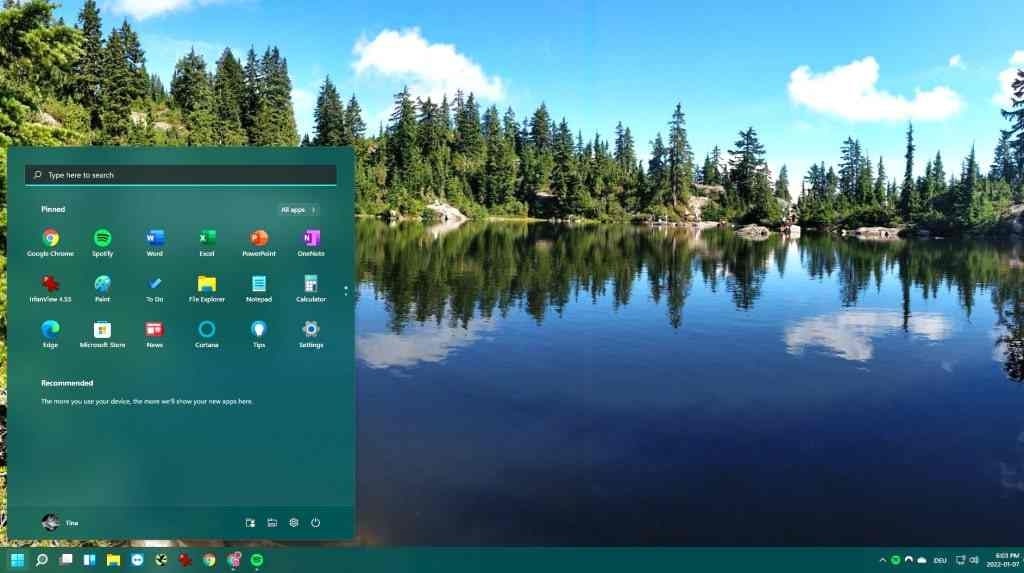These represent the essential system prerequisites for the installation of Windows 11 on your personal computer. If your current device falls short of these requirements, the installation of Windows 11 might not be feasible, prompting you to contemplate the acquisition of a new PC. If you find yourself uncertain about whether your PC meets these stipulations, avenues for verification include consulting your PC’s Original Equipment Manufacturer (OEM) or, if your system is already powered by Windows 10, utilizing the PC Health Check application to evaluate compatibility. It’s noteworthy that this application does not assess graphics card or display compatibility, as the majority of compatible devices tend to align with the requirements outlined below.
It is imperative that your device is presently operating on at least Windows 10, version 2004 or a later iteration, to be eligible for an upgrade. The procedure for obtaining complimentary updates involves accessing Windows Update within the Settings menu under Update and Security.
The processor should ideally exhibit a clock speed of 1 gigahertz (GHz) or higher, boasting a minimum of 2 cores, and should be underpinned by a compatible 64-bit processor or System on a Chip (SoC).
As for memory, a 4-gigabyte (GB) RAM configuration is the baseline requirement.
Storage considerations entail a storage device measuring 64 GB or greater in capacity. It’s advised to refer to the subsequent section, titled “Further Insights into Storage Requirements for Sustaining Windows 11 Performance,” for a more comprehensive overview.

Regarding system firmware, compatibility with UEFI and the capability to accommodate Secure Boot are prerequisites. Additional guidance for potentially aligning your PC with these criteria can be accessed via a provided link.
The Trusted Platform Module (TPM) must be version 2.0 to meet the system standards. Detailed instructions pertaining to the activation of this feature on your PC are accessible through the provided link.
For graphics, the display adapter must be DirectX 12 compatible or newer, furnished with a WDDM 2.0 driver.
In terms of the display, a high-definition (720p) screen extending beyond 9 inches diagonally is stipulated, with each color channel featuring 8 bits.
When initiating the setup of Windows 11 Pro for personal use or Windows 11 Home, a Microsoft account and internet connectivity are prerequisites. A similar demand for internet access applies if you intend to transition a device out of Windows 11 Home in S mode. For an in-depth grasp of S mode, additional information is accessible via a provided link. Regardless of the edition of Windows 11, internet connectivity is indispensable for updates, as well as for the download and utilization of certain features. Moreover, specific features necessitate particular hardware, warranting an examination of the compatibility information pertinent to the applications you aspire to install. The quantum of available storage on your device will invariably fluctuate based on the constellation of installed applications and updates. Enhanced performance can be anticipated on more advanced, capable PCs. As the software evolves, supplementary requisites may come into play, particularly during the course of updates.





